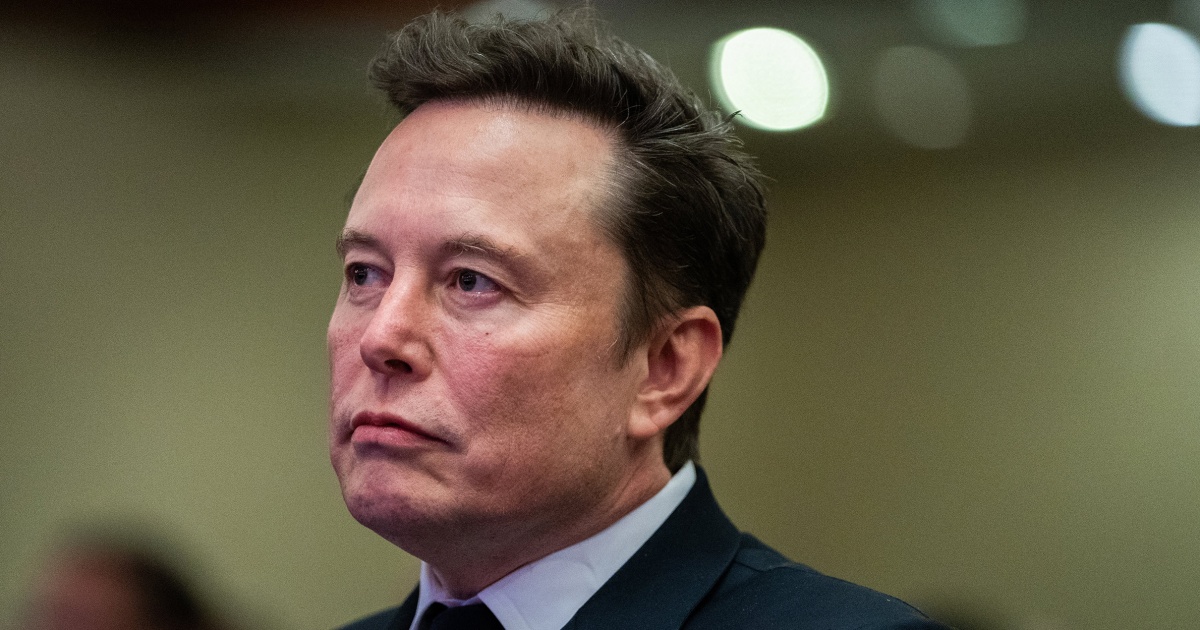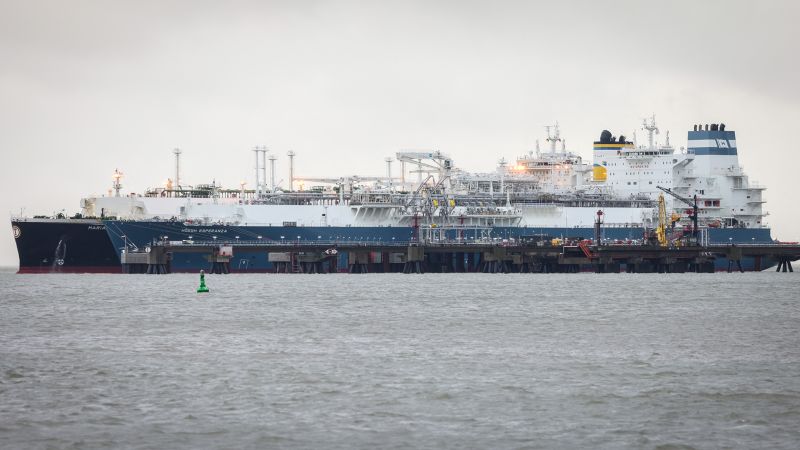Bussiness
Will a single European airspace cure air traffic control woes – and cut CO2?

For airlines struggling to reconcile their stated aims of cutting carbon emissions and making billions from flying ever more passengers, one target has emerged repeatedly for their projected frustration: the air traffic control services that manage Europe’s skies.
Irritation through years of strikes in Europe that upended peak season schedules turned to rage this time last year when a glitch in the UK’s National Air Traffic Services (Nats) system grounded planes, leaving airlines to pick up the tab for the disruption. Another festering sore for airlines is the supposed inefficiency of a system that runs European airspace based on the borders far below.
The chief executive of the continent’s biggest travel company, Tui, told the BBC this week that the company had calculated it could avoid 10% of emissions if there was an “effective flight organisation over Europe”. Sebastian Ebel told BBC Radio 4: “A decision is needed that there is one European sky”. Willie Walsh, the boss of the airlines body Iata, has also claimed that a single operator could reduce CO2 from flying by about 10% “almost overnight”.
One unified airspace would allow planes to fly straighter routes from takeoff to landing; instead, there is an invisible patchwork of sovereign skies under the control of myriad national operators. “The US, Canada, and Australia are enormous areas with one air traffic control agency. In Europe, you’ve got 43,” says Andrew Charlton, the managing director of Aviation Advocacy, a Geneva-based consultancy.
“If the Wright brothers walked in today with aircraft, and we decided that we didn’t want them to bang into each other, I don’t think you would have invented an air traffic control system that looks like this.”.
The idea of working towards a common airspace is almost as old as the EU itself. It appeared to have finally taken off a quarter of century ago, when work started on what became legislation to create the Single European Sky (SES) initiative in 2004. Eurocontrol, an agency established in 1963 to help coordinate national air traffic management, was tasked with integrating services further.
While a first step towards the EU’s single sky was meant to be to create functional airspace blocks (FABs), “instead, states organised themselves into traditional, historical blocks”, Charlton says.
These mapped on to ancient bonds rather than flight paths – Britain’s block only stretched as far as Ireland. “We’ve got different cultures and it’s what makes Europe so fantastic and interesting,” Charlton says. “But I don’t see any reason why we have to have that happening at 32,000 feet.”
Nation states, however, prioritised security, and remain deeply attached to sovereignty, particularly over military airspace. A second package of reforms stumbled along – held up in part by squabbles between Britain and Spain over how it would apply to Gibraltar airport.
After Brexit, the EU pushed forward a revised SES 2+, edging towards closer integration. But an agreement in March this year was labelled a “failure and a grubby deal” by Walsh.
Achim Baumann, the policy director of the airline trade body A4E, is more diplomatic: “It’s a baby step towards real improvement. Things we would have expected to make the coordination between states and different players explicitly outlined [aren’t] there.”
Johan Lundgren, the chief executive of easyJet, says: “This is a long time in the waiting. We reckon that only on easyJet’s network, we will save between 10% and 15% of all the carbon emissions, because we’re not flying effectively straight or the correct altitude. It just needs to be changed.”
For airlines, the potential benefits are clear; but the reality is messy. Air traffic controllers emphasise that airspace is critical national infrastructure and, like such projects, it has run into politics, local objections and delays. For example, last month the UK’s Civil Aviation Authority announced another stage of its own airspace modernisation plan, now targeted for 2040, having started seven years ago. “Modernisation needs to be accelerated” across Europe and the UK, says the Heathrow chief executive, Thomas Woldbye.
Airspace, or the systems that manage it and allow planes to fly, are “like the railway system, it’s just in the air, Woldbye says. “But it is as important to aviation as rail infrastructure for the trains.”
However, instead of a high-speed rail of the heavens, Europe’s airspace has been more a rickety set of connected branch lines – managed using several different systems to boot. The new aviation minister, Mike Kane, recently described Britain’s system as “an analogue airspace in a digital age designed nearer a time Yuri Gagarin reached for the stars”.
Technology has made it theoretically possible for any state to manage flights over another’s airspace remotely – demonstrated by the virtual control towers at airports such as London City. Few nations have that level of trust.
after newsletter promotion
The SES has somewhat reduced borders – a new block of frictionless airspace joining Benelux countries and northern Germany came into effect last November, Eurocontrol announced. SES has “definitely helped”, says Woldbye, “but we still have 10% or more flights not taking the optimal route. We still have congestion in areas where we shouldn’t, because there’s not enough resource on the ground, and airspace is structured based on national lines rather than EU lines.”
Those on the air traffic side question whether airlines – multiple and competing – really believe that one service provider would be for the best, even if technically feasible. But the bigger questions are legal and political.
“Airlines would like to see the French controlling UK airspace – it’s not going to happen, let’s be realistic,” says Tanja Grobotek, the director of European affairs for Canso, a global body representing air navigation service providers. “In an ideal world airlines would like to see themselves as the only customers of the airspace. But there are other users.”
While transport such as cargo planes, private jets, drones and, one day, flying taxis vie for the air, the key customer is the military – and the invasion of Ukraine has redoubled sensitivities at the same time as intensifying air traffic issues in Europe.
Flights around the continent, as well as those heading to Asia, are avoiding Ukraine and Russia, increasing congestion. Nato exercises in response to the heightened threat from Moscow also resulted in some of the biggest airspace closures since the Icelandic volcano eruption grounded flights in 2010.
The politics of further integration is complicated, even without war. Controllers, and the service providers employing them, are paid significantly differently across Europe, and the sector generates billions annually in fees – Nats alone banked £807m for flights in UK airspace last year. Some muse whether AI may one day dice up jobs, but for now, air traffic controllers – French ones in particular – carry significant industrial muscle.
This year, a pre-Olympics deal has kept French strikes to a minimum. Instead, weather-related air traffic delays have increased, along with waits caused by congestion and limited capacity in Europe’s airspace, up almost 50% year on year.
“We have airspace. It’s just that it’s inefficiently distributed,” says an exasperated Lundgren, who adds that the need for reform is “more apparent than ever”.
Whether or not the promised SES ever arrives, improved technology may bring many of the benefits regardless, air traffic services providers argue – though they estimate eventual potential carbon savings at 6-7% rather than 10-15%. Grobotek says: “Your experience as an airline of flying seamlessly across Europe – that you can achieve without having only one provider, or without states giving up sovereignty.”
But, she says: “If you as an individual airline fly the shortest route, it might suit you, but there’s not infinite capacity. You have to see what is the best for the whole system.”










